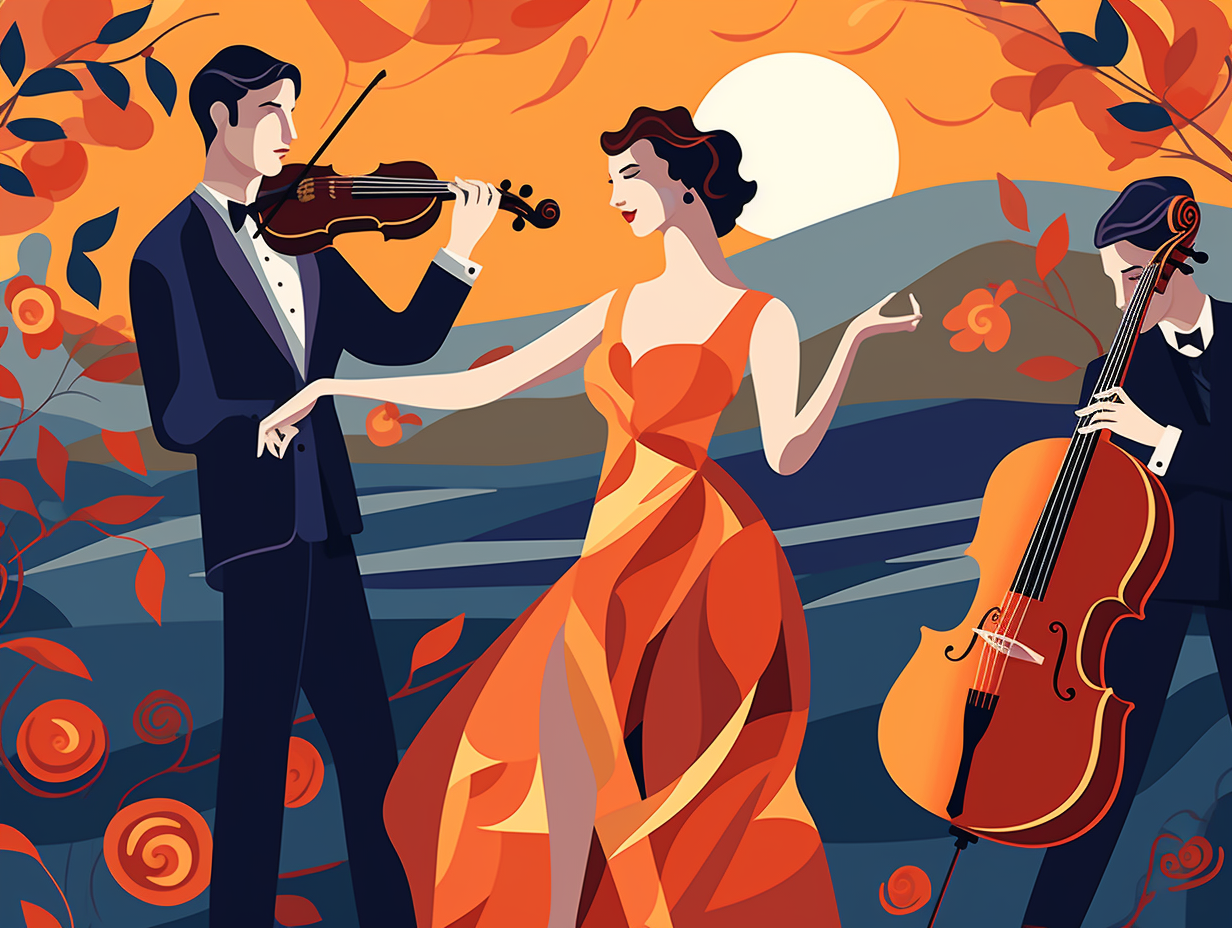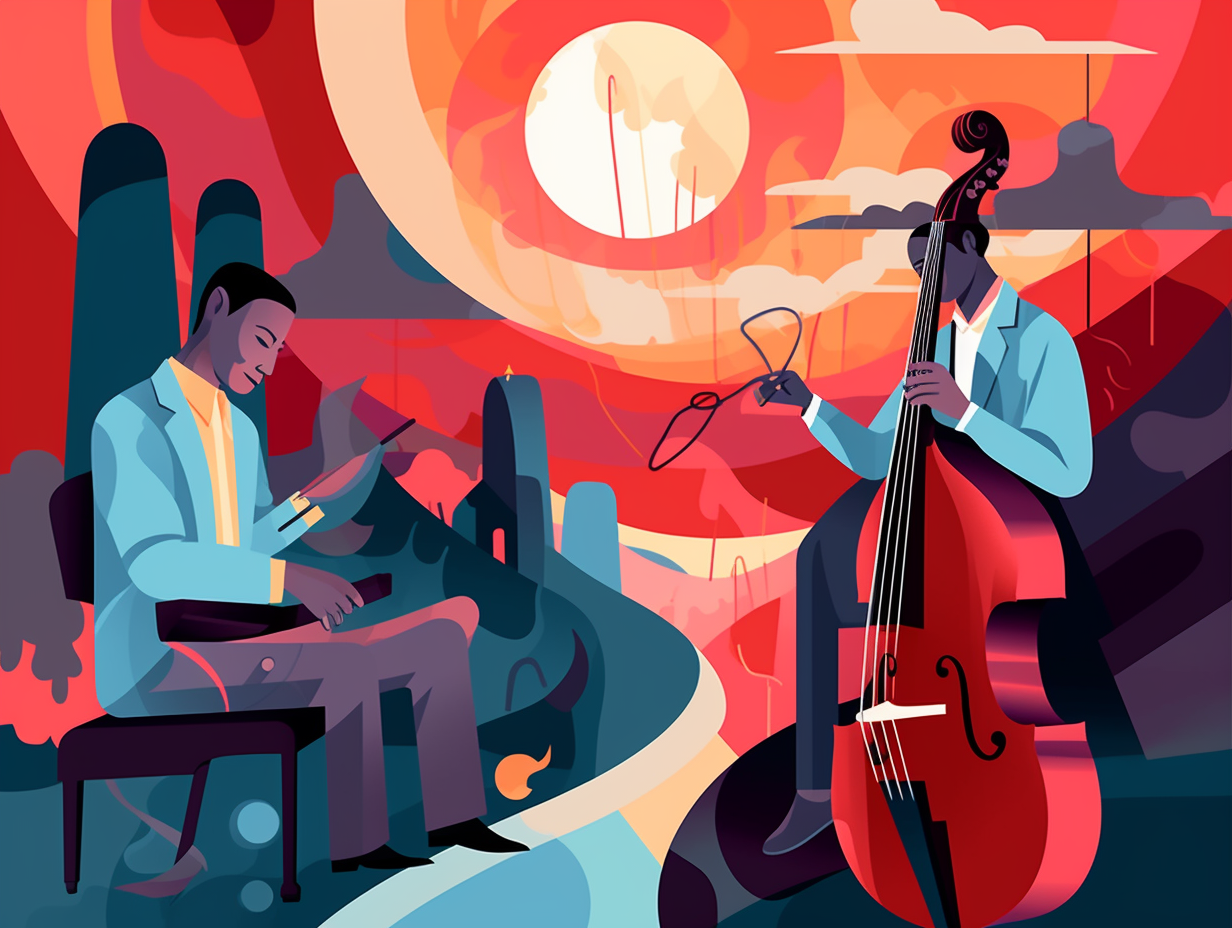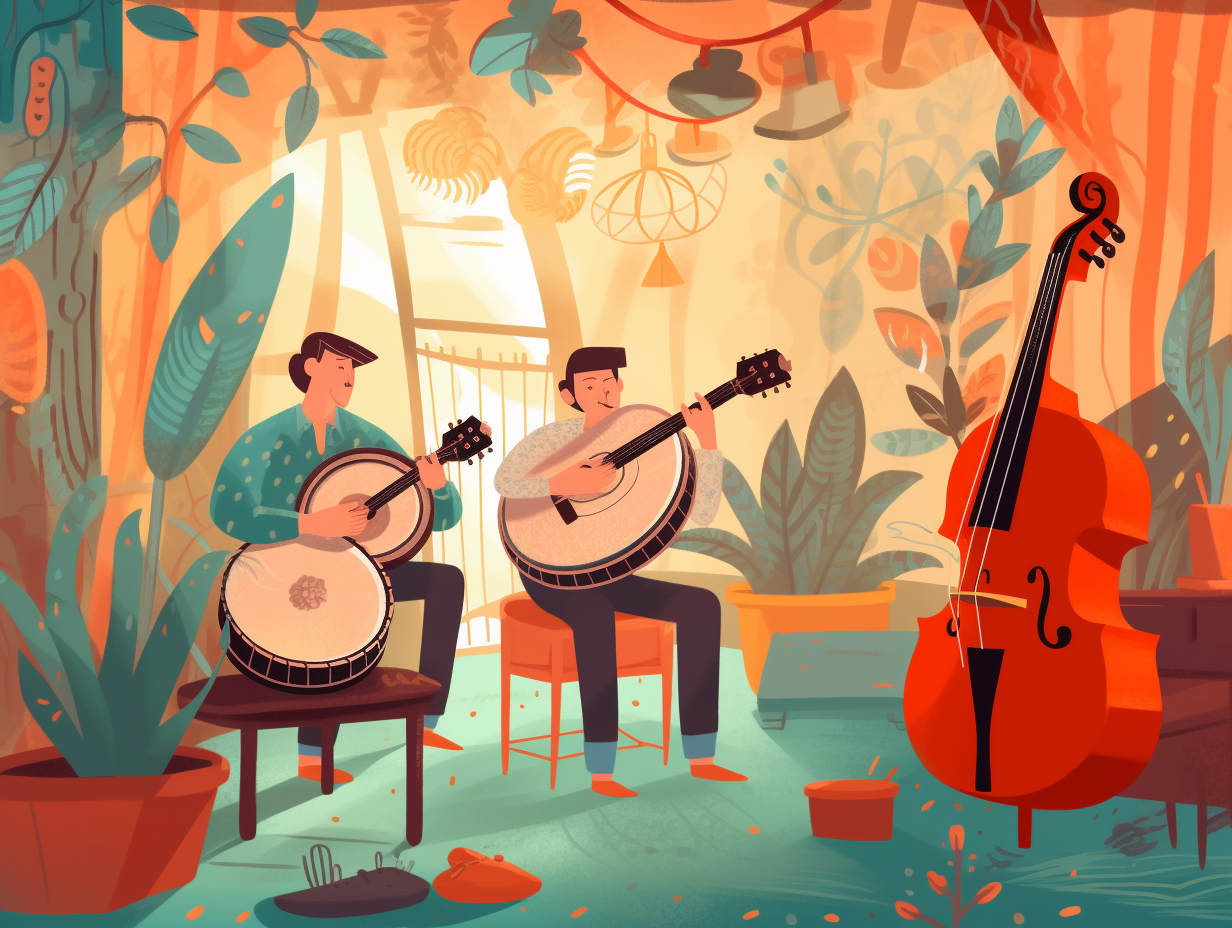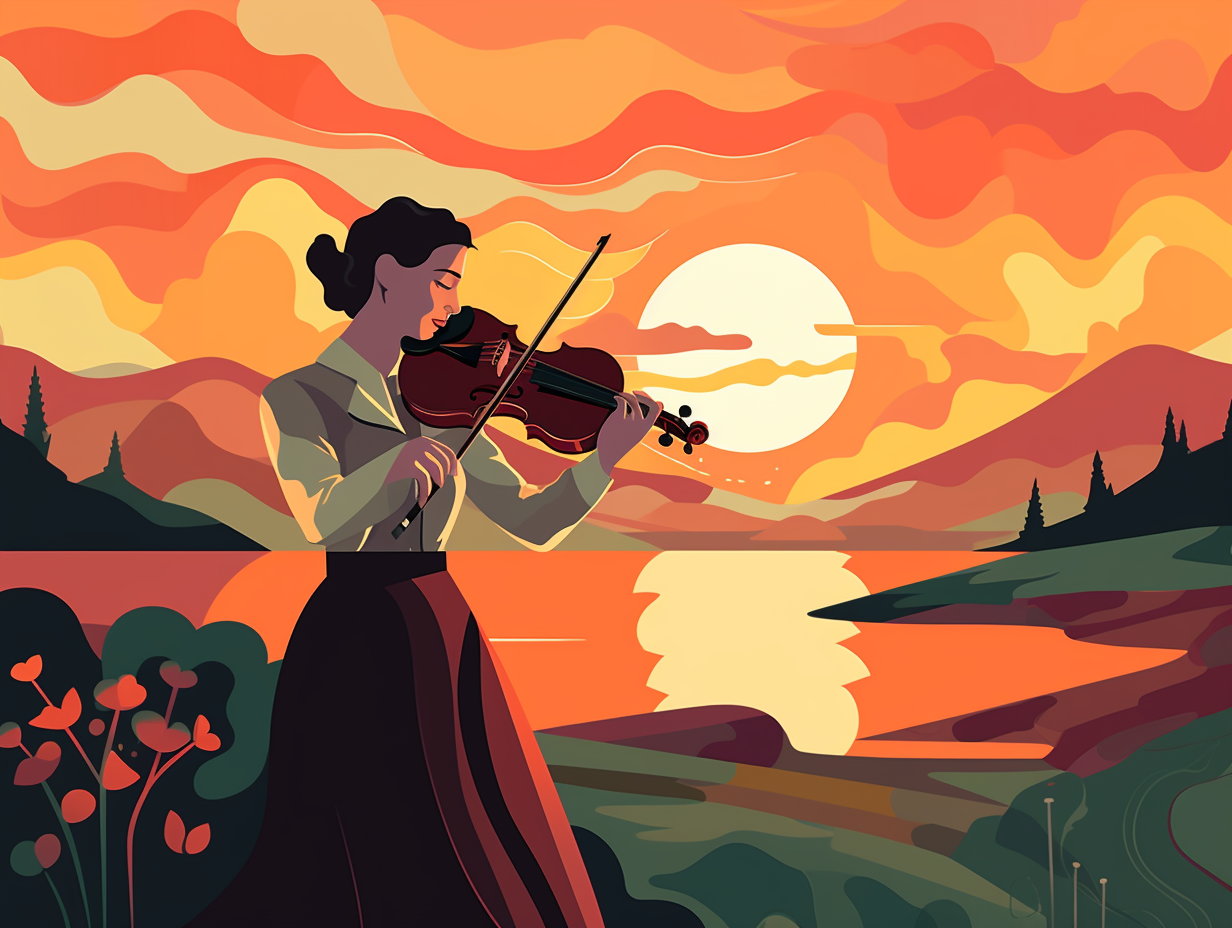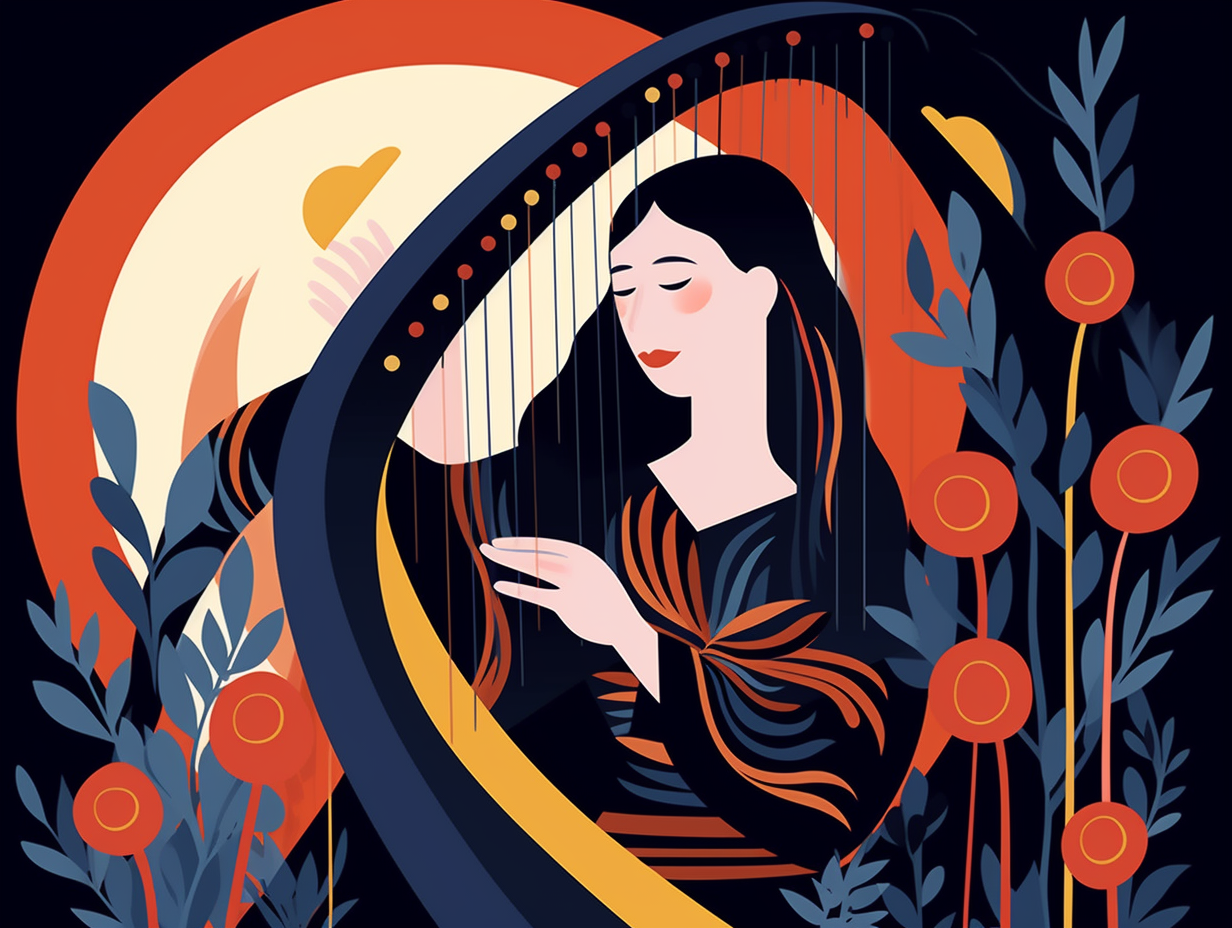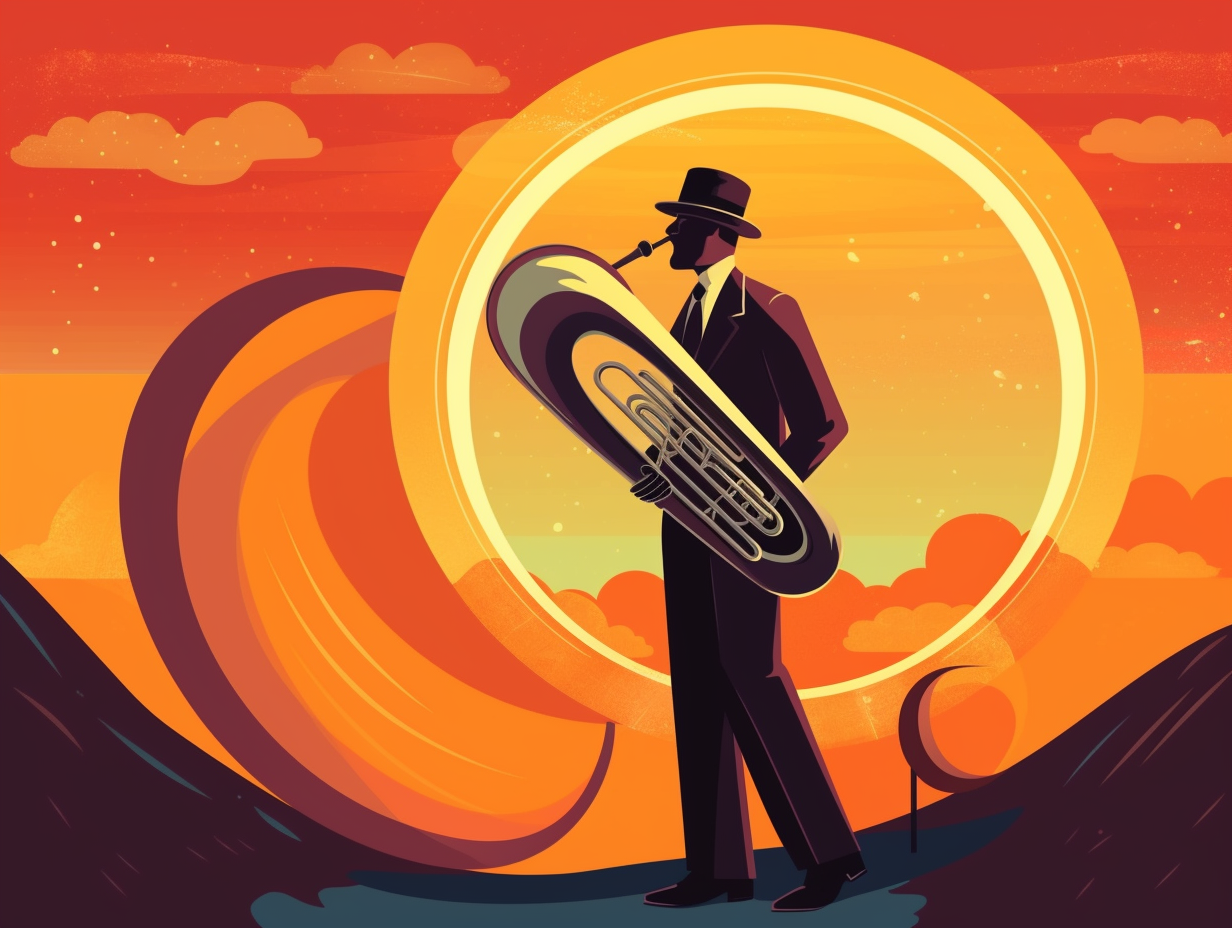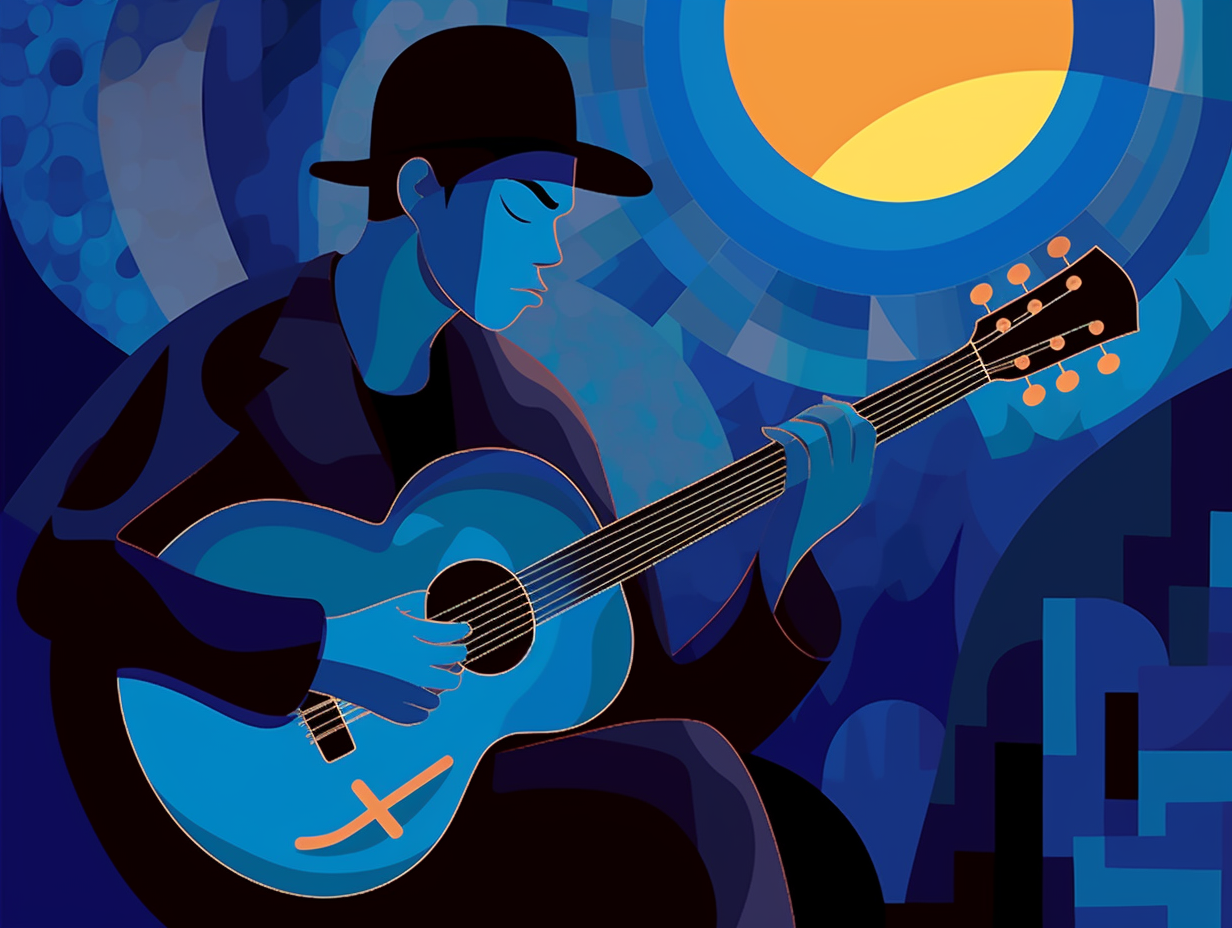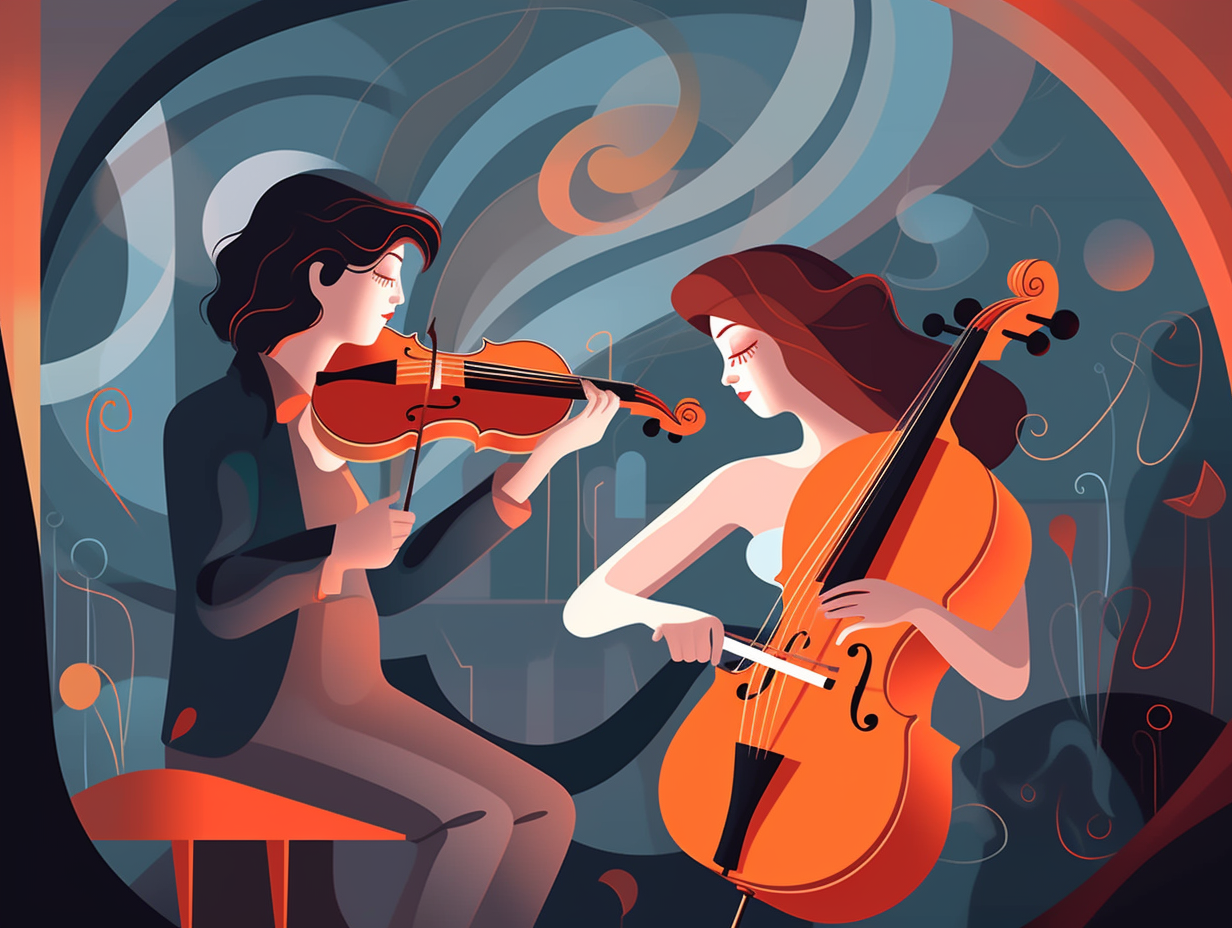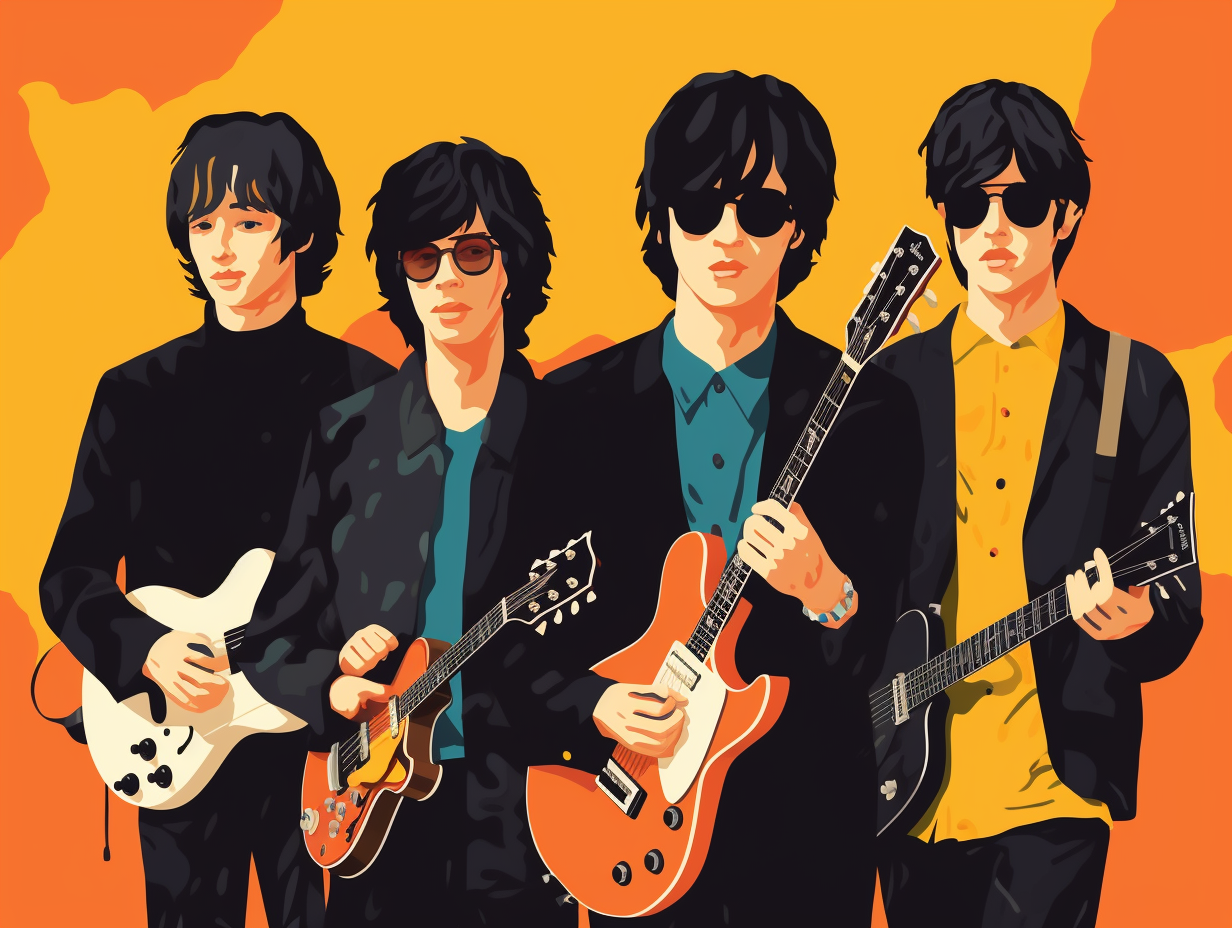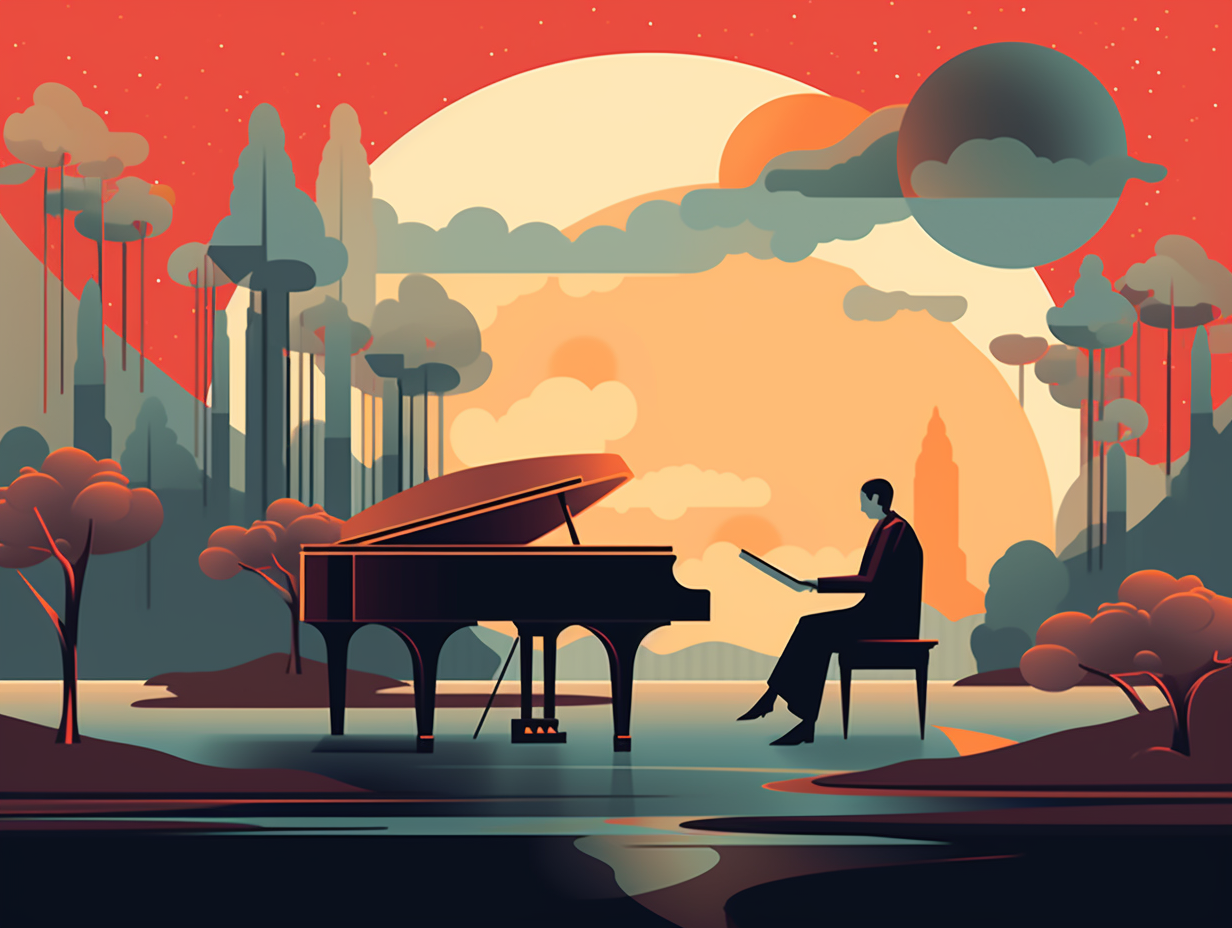Discover the Melodies of Paris: Top 9 Fun Facts About French Music You'll Love!
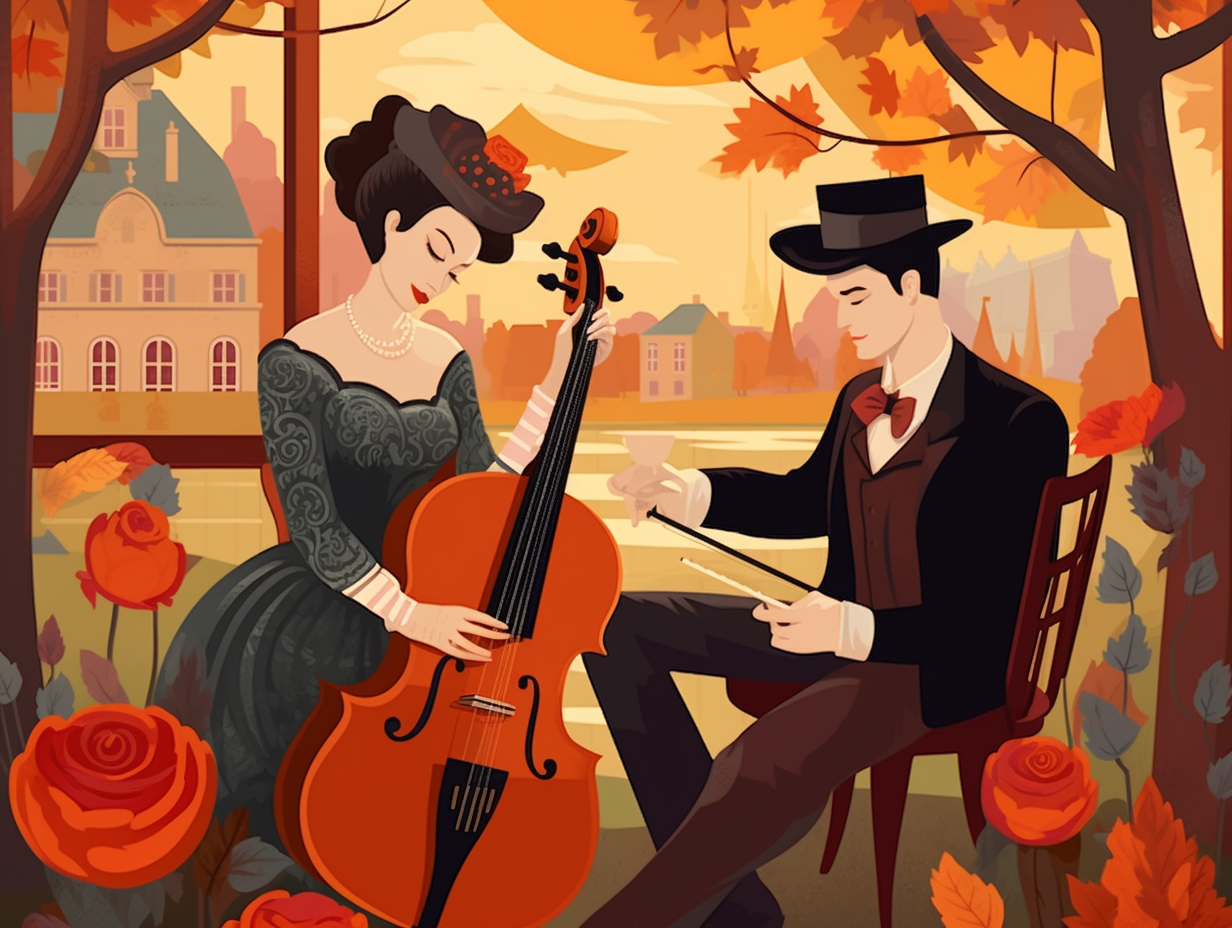
1. Liszt vs. Thalberg: Piano Battle Royale
When Liszt and Thalberg tickled the ivories, Parisians couldn't decide who was the heavyweight champion of the piano: In 1837, Franz Liszt and Sigismund Thalberg dueled in a high-stakes piano competition organized by Princess Cristina Trivulzio di Belgiojoso to raise funds for Italian exiles, with the cultured audience ultimately declaring them both winners.
Source => concertisticlassica.com
2. Ravel's Steamy Tango with a Bolero
Imagine the sensation caused if Isaac Albéniz's Iberia had a steamy tango with a Spanish bolero on French soil: Well, that's precisely the backstory of Maurice Ravel's "Boléro"! This musical lovechild was born after Ravel discovered some legal entanglements nixed an intended orchestration of Albéniz's tunes, so he whipped up this electrifying bolero himself, all for the fabulous French dancer Ida Rubinstein. Premiering in Paris at the Opera in 1928, it soon became Ravel's pièce de résistance.
Source => en.wikipedia.org
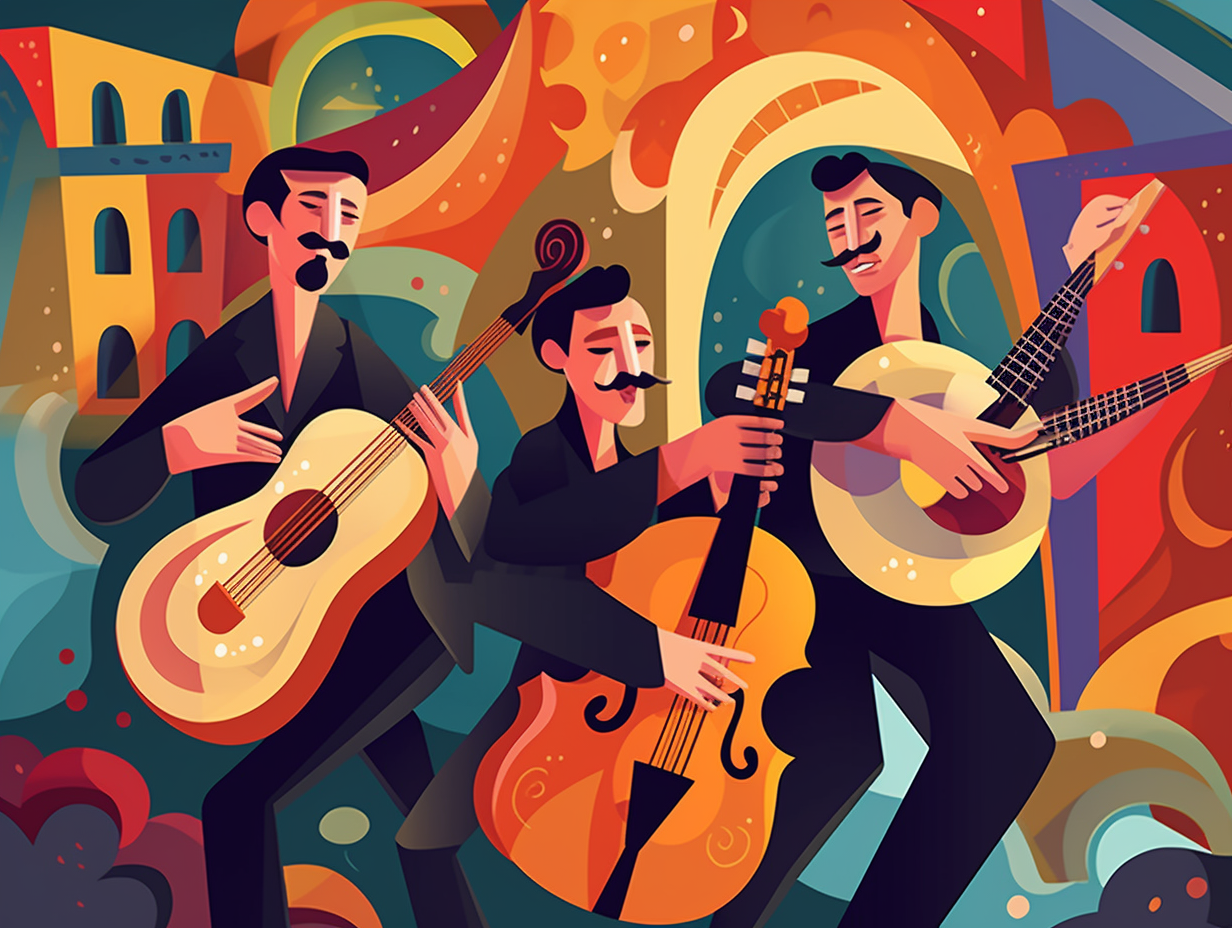
Did you know that Spanish music isn't just about maracas and paella? Discover the diverse world of rhythms, from salsa's steamy beats to flamenco's sultry passion! 🎶💃
=> Fun Facts about Spanish-Music
3. Satie's Underwater Musical Masterpiece
If crustaceans composed symphonies and sea cucumbers conducted orchestras, they'd warmly welcome Satie's "Embryons Desséchés" into the marine musical hall of fame: This whimsical yet clever composition playfully references underwater invertebrates, pokes fun at Chopin's funeral march by wrongly crediting it as Schubert's mazurka, and still manages to captivate listeners with Satie's imaginative genius.
Source => fugueforthought.de
4. Mozart and Marie Antoinette's Jam Session
What did Mozart and Marie Antoinette have in common, besides their dislike of "Amadeus" inaccuracies and their penchant for powdered wigs? Turns out, they could've been the original headliners of the Schönbrunn Palace music festival, way back in 1762: A young Wolfgang Amadeus Mozart performed for the Holy Roman Empress Maria Theresia and several of her children, including a musically talented Marie Antoinette, who skillfully played the spinet and harp.
Source => royalcentral.co.uk

5. Martenot's Spooky Cello-Inspired Invention
The ghostly wails of a military radio mishap: Maurice Martenot, a French cellist turned accidental inventor, crafted the spine-chilling ondes Martenot, a cello-inspired electronic instrument. This eerie siren has graced over 100 orchestral compositions and hauntingly serenaded sci-fi and horror film soundtracks since its inception in the 1920s.
Source => en.wikipedia.org
6. Beethoven's iPhone and Pierre Henry's Musique Concrète
If Beethoven had an iPhone: Picture the great composers of yesteryear exploring the world, collecting random noises and turning them into symphonies, using anything from bells to trains but, sadly, no washing machines nor typewriters. French maestro, Pierre Henry, pioneered the genre of musique concrète, where he manipulated unconventional recorded sounds into innovative compositions, ultimately shaping a unique and revolutionary musical style in mid-20th century France.
Source => npr.org
7. La Marseillaise's Jazzy Makeover
Oh là là, even the most stoic of anthems has a wild side: France's national anthem, La Marseillaise, originally a revolutionary battle song from 1792, has jived its way into jazz and pop adaptations, proving that freedom, like music, has no boundaries.
Source => diplomatie.gouv.fr
8. The Pout-Inducing French Bombard
Move over, duck lips, there's a new pout in town that'll make your Instagram followers green with envy: astonish yourself with the knowledge of the French bombard, a woodwind instrument whose trumpet-like sound is attributed to a double-reed and intense lip and air pressure. Hailing from the musical landscape of Brittany for over half a millennium, this charismatic noisemaker takes center stage in traditional performances and adds an extra touch of animated expression!
Source => en.wikipedia.org
9. From Foxy Hunts to Orchestra: The French Horn Evolution
Before the French horn was the toast of the orchestra, it was the song of the hunt, accompanying chasing hounds and frolicking foxes: The original horn was a 16th-century French and German hunting accessory, which gradually found its way into opera scores and, eventually, the world of orchestras with the 17th century's valveless natural horn and the 19th century's modern single horn, thanks to some all-too-unsung German horn makers.
Source => yourclassical.org
Related Fun Facts

